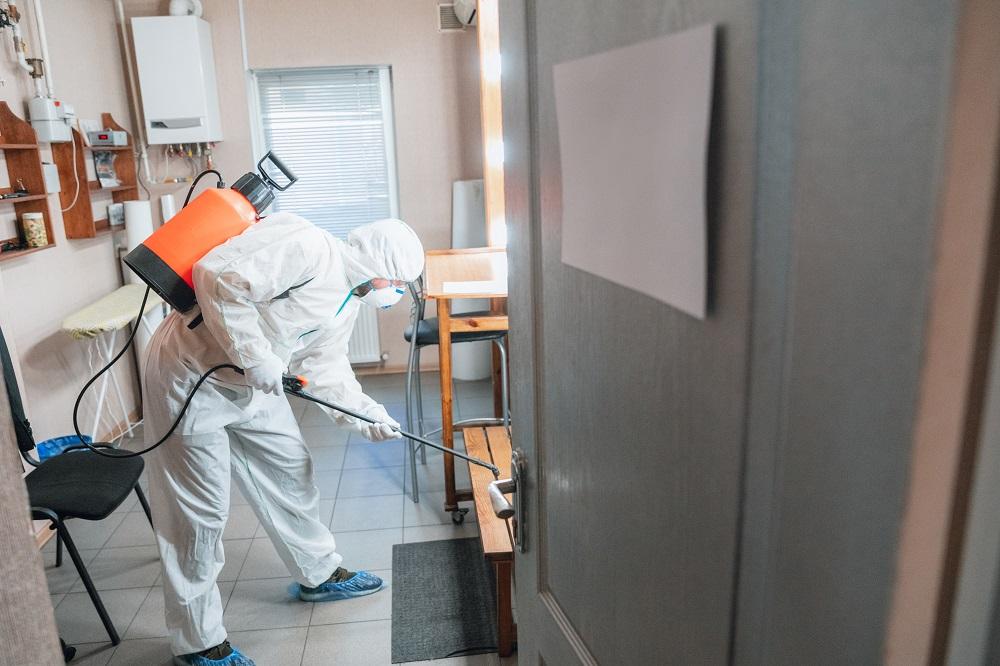A landlord may be required to remediate mold because if the situation is severe enough, it may endanger the health of those living in a unit. Dangerous mold levels in a home are not just a problem but a symptom of other issues that cause it.
What is Mold?
Mold is a type of fungus which includes about 144,000 species of organisms, including yeasts, mildews, and mushrooms. Mold is critical to the decomposition of organic material and, outside and in nature, shouldn’t cause problems for people.
How Does Mold Become a Problem in a Home?
Inside a home, mold (especially black mold) looks ugly, may smell bad, and could pose a severe health risk. Mold creates spores so they can spread and float in the air unseen. They grow when they land on a wet or moist surface, according to Australia’s Building Inspection Council. Inhaling those spores could cause breathing problems, especially if the person has asthma or a compromised immune system.
Poor building maintenance is a significant cause of mold problems in homes:
- Leaking pipes create perfect environments for mold formation. When they’re in closed areas like attics, ceilings, and walls, they create mold infestations before being detected. As a result, the mold spreads and increases the damage
- Faulty air conditioners with blocked condensation tubes or dry filters can create water leaks and mold
- Past water damage, if not adequately addressed, can result in mold. This is especially true if “black water” from sewage was involved
- Proper ventilation prevents mold build-up, while poor ventilation helps it grow. Inadequate ventilation results in little airflow through the building. This results in creating damp air and spores settling on surfaces developing colonies
- Roof leaks, blocked and broken gutters result in water in the building that causes water-soaked wood and other material in the home where mold grows
If a landlord doesn’t regularly check to prevent these problems or ignores them when they arise, mold can take hold and cause problems for property owners and their tenants.
Why is Mold a Legal Problem for a Landlord?
The state’s Supreme Court in Green v. Superior Court ruled that landlords bear the primary responsibility to maintain safe, clean, and habitable housing. Beyond whatever language in a lease that puts the burden of maintaining and keeping up a property, there’s an implied, unwritten warranty of habitability for residential leases in California.
Landlords need not keep properties in pristine condition, but they must maintain at least bare safe living conditions. The court states, “…in most cases substantial compliance with those applicable building and housing code standards which materially affect health and safety will suffice to meet the landlord’s obligations…”
A tenant can use a breach of this warrant as a defense to an eviction action and could sue the landlord to recover damages for breaching it. To do so, the tenant would need to show:
- A material, defective condition affecting the unit’s habitability
- The landlord received notice of the situation within a reasonable time after the tenant discovered it
- The landlord had a reasonable time to correct the problems
- The landlord failed to do so, and
- The tenant suffered damages as a result
If there was a breach, the tenant must still pay rent, but the amount is the reasonable rental value for the time the defective condition existed. If a landlord ignores the problem, the tenant may use rent payments to fix the issue themselves. If the mold is due to actions or mistakes by the tenant, this damage is their responsibility – not the landlord’s.
Civil Code section 1941.1 lists the state’s standards of “tenantability.” It states a dwelling would be “untenantable” if it substantially lacks many characteristics. A judge may see the mold as evidence the unit’s not safely habitable but also proof of problems the law cites explicitly as potential “tenatability” issues, including:
- Ineffective waterproofing and weather protection of roof and exterior walls
- Plumbing not maintained in good working order
The problems leading to mold may not be as apparent as shattered windows or heating that no longer works, but legally they may be just as problematic.
What Should a Landlord Do if Mold Endangers Tenants?
You need to remove the mold, though you’ll never get rid of it completely. Depending on the problem, you may need to hire a professional to do the work. DIY mold remediation could release far more spores into the unit, possibly making a bad situation worse. You also need to find the root cause of the problem, or the issues will only return.
We’re Here to Help
When you understanding your rights and responsibilities as a property owner, you’re more likely to keep yourself out of legal trouble and your business profitable. If you’re a landlord and have questions about your obligation to keep a unit maintained, are concerned about an ongoing tenant dispute, or you need legal representation, call Anthony Burton at (949) 244-4207 or complete our online contact form today.










